Welcome to the Amira-Avizo Software Use Case Gallery
Below you will find a collection of use cases of our 3D data visualization and analysis software. These use cases include scientific publications, articles, papers, posters, presentations or even videos that show how Amira-Avizo Software is used to address various scientific and industrial research topics.
Use the Domain selector to filter by main application area, and use the Search box to enter keywords related to specific topics you are interested in.
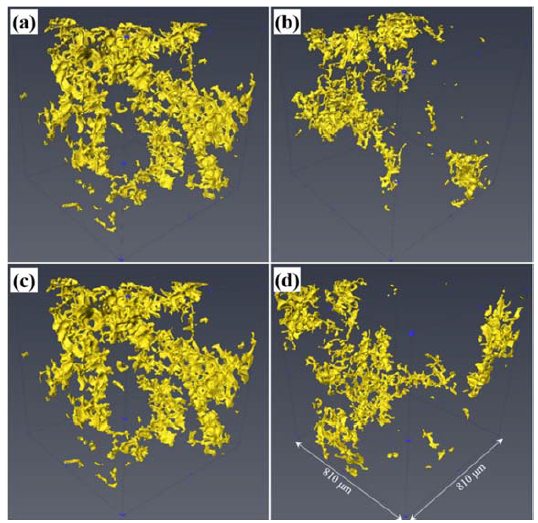
The effect of ultrasonic melting processing on three-dimensional architecture of intermetallic phases and pores in two multicomponent cast Al-5.0Cu 0.6Mn-0.5 Fe alloys is characterized using conventional microscopy and synchrotron X-ray microtomography. (…) The results show that ultrasonic melt processing (USP) significantly reduce the volume fraction, grain size, interconnectivity, and equivalent diameter of the intermetallic phases in both alloys. The volume fraction of pores in both ... Read more
Yuliang Zhao, Dongfu Song, Bo Lin, Chun Zhang, Donghai Zheng, Zhi Wang, Weiwen Zhang
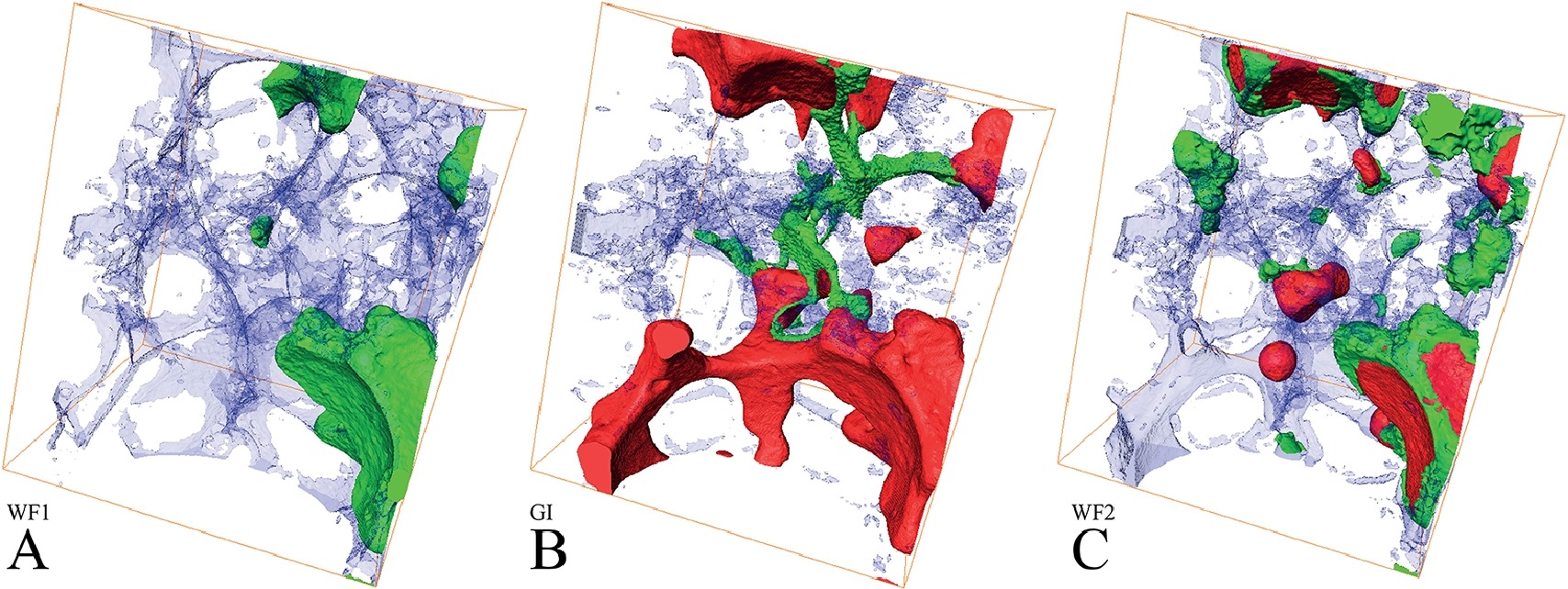
X-ray micro-tomography is used to image the pore-scale configurations of fluid in a rock saturated with three phases – brine, oil and gas – mimicking a subsurface reservoir, at high pressure and temperature. We determine pore occupancy during a displacement sequence that involves waterflooding, gas injection and water re-injection. In the water-wet sample considered, brine occupied the smallest pores, gas the biggest, while oil occupied pores of intermediate size and is displaced ... Read more
Alessio Scanziani, Kamaljit Singh, Tom Bultreys, Branko Bijeljic, Martin J. Blunt
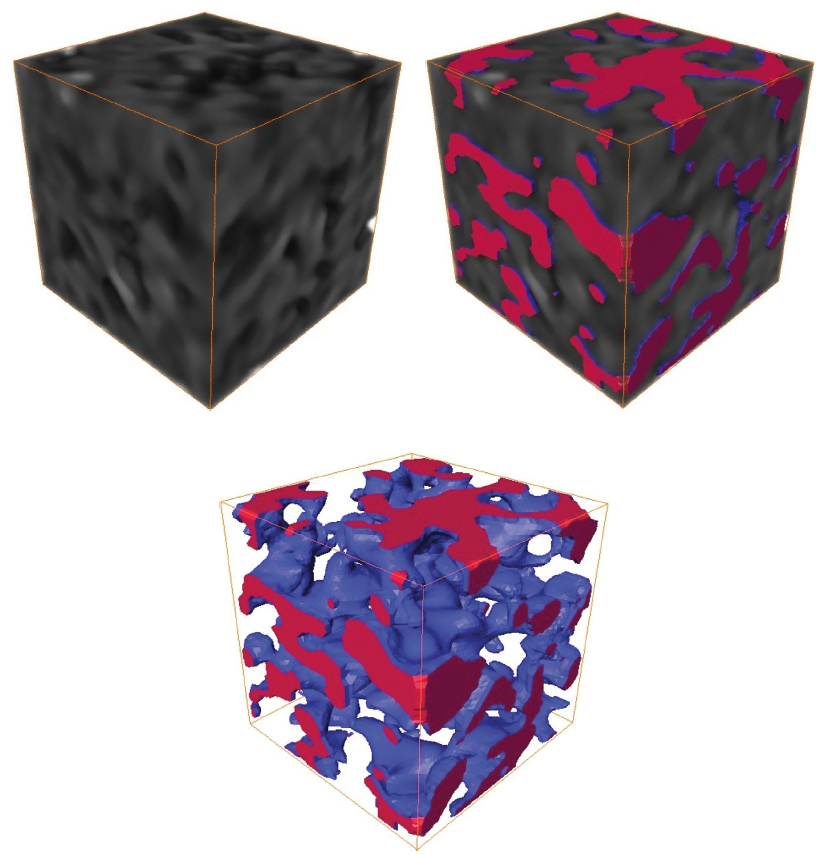
The aim of this paper was to develop a model that can characterize the actual micropore structures in coal and gain an in-depth insight into water’s seepage rules in coal pores under different pressure gradients from a microscopic perspective. To achieve this goal, long-flame coals were first scanned by an X-ray 3D microscope; then, through a representative elementary volume (REV) analysis, the optimal side length was determined to be 60 μm; subsequently, by using Avizo software, the coal ... Read more
Gang Zhou, Lei Qiu, Wenzheng Zhang, and Jiao Xue
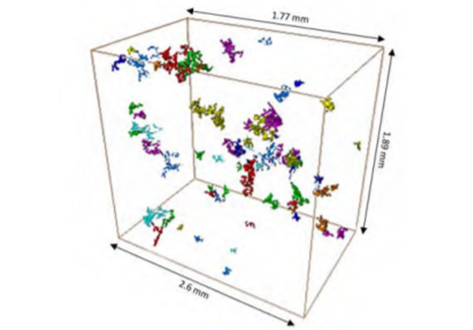
3D characterization of the fracture mechanisms of a Fe-rich Al-Si-Cu alloy
The effect of the defect size and morphology on the fatigue damage evolution was analysed in a recycled Al-Si-Cu alloy by micro-computed tomography and scanning electron microscopy. Fatigue tests were performed and the different crack initiation scenarios were characterized and classified. The interaction between shrinkage and gas pores was the key crack initiation mechanism and the ß-Al5FeSi particles did not play any role in the crack initiation phase. However, crack path analysis indicate... Read more
Angelika Brueckner-Foit, Inigo Bacaicoa, Martin Luetje, Marcel Wicke, Andreas Geisert, Martin Fehlbier
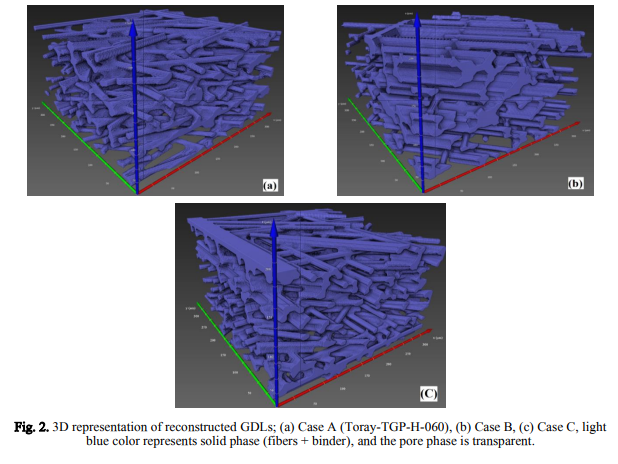
Stochastic reconstruction of carbon fiber paper gas diffusion layers of PEFCs: A comparative study
Fuel cells are electrochemical devices that convert the chemical energy of fuels into electrical energy. An ideal option for a wide variety of portable, stationary, and automotive applications is using the polymer electrolyte
fuel cells due to their modular design, high efficiency, and environmental benefits.
A 3D microstructure of the non-woven gas diffusion layers (GDLs) of polymer electrolyte fuel cells (PEFCs) is reconstructed using a stochastic method. For a commercial GDL, ... Read more
Sepehr Sima Afrookhteh, Jalil Jamali, Mohsen Shakeric, Majid Baniassadi
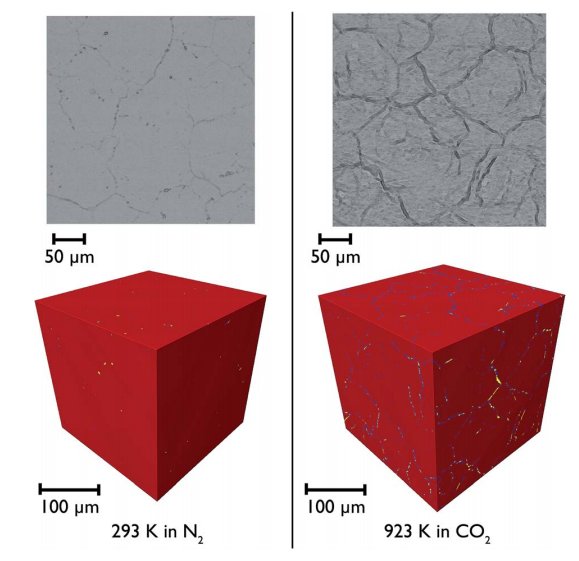
In situ studies of materials for high temperature CO2 capture and storage
Carbon capture and storage (CCS) offers a possible solution to curb the CO2 emissions from stationary sources in the coming decades, considering the delays in shifting energy generation to carbon neutral sources such as wind, solar and biomass.
The most mature technology for post-combustion capture uses a liquid sorbent, amine scrubbing. However, with the existing technology, a large amount of heat is required for the regeneration of the liquid sorbent, which... Read more
Matthew T. Dunstan, Serena A. Maugeri, Wen Liu, Matthew G. Tucker, Oluwadamilola O. Taiwo, Belen Gonzalez, Phoebe K. Allan, Michael W. Gaultois, Paul R. Shearing, David A. Keen, Anthony E. Phillips, Martin T. Dove, Stuart A. Scott, John S. Dennish and Clare P. Grey
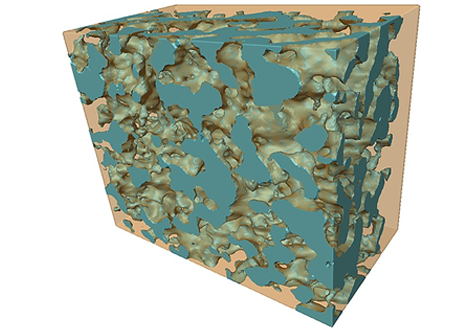
A simple chemical bath deposition is used to coat a complex porous ceramic scaffold with a conformal Ni layer.
The resulting composite is used as a solid oxide fuel cell electrode, and its electrochemical response is measured in humidified hydrogen. X‐ray tomography is used to determine the microstructural characteristics of the uncoated and Ni‐coated porous structure, which include the surface area to total volume, the radial pore size, and the size of the necks between the pores.... Read more
Dr. Enrique Ruiz‐Trejo, Milla Puolamaa, Brian Sum, Dr. Farid Tariq, Dr. Vladimir Yufit, Prof. Nigel P. Brandon
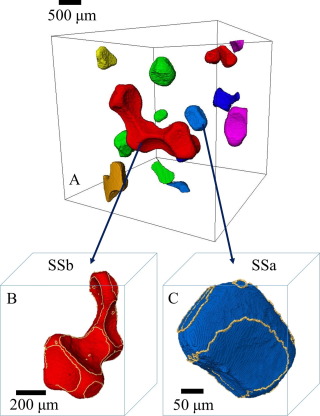
Multiphase flow in porous media is strongly influenced by the wettability of the system, which affects the arrangement of the interfaces of different phases residing in the pores.
We present a method for estimating the effective contact angle, which quantifies the wettability and controls the local capillary pressure within the complex pore space of natural rock samples, based on the physical constraint of constant curvature of the interface between two fluids. This algorithm is ... Read more
Alessio Scanziani, Kamaljit Singh, Martin J. Blunt, Alberto Guadagnini